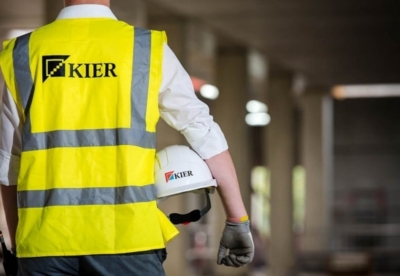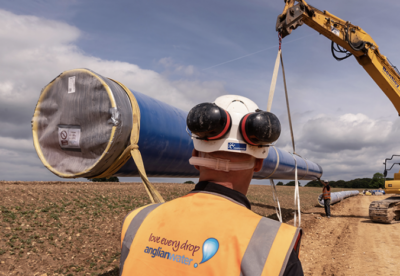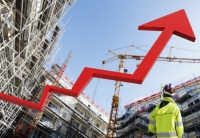While materials and product price jumps will be less pronounced than this year, tender price inflation is still expected to be between 3-5% in 2022.
This time around energy prices will create the upward pressure rather than raw material shortages.
Due to the high energy intensity involved in their manufacture, products such as bricks, glass, cement and concrete are particularly exposed.
Tender price inflation forecast
This is expected to have a much wider impact on prices than the raw materials boom, which mostly affected metals and timber.
Arcadis costs consultants said it was uncertain how the situation would unfold, not only across different sub-sectors but also regionally.
Certain sectors including private residential or industrial warehousing will continue to boom, but more price sensitive markets, such as rental and affordable housing, could see a slowdown in the market as a result.
Agnieszka Krzyzaniak, Market Intelligence Lead at Arcadis, said: “Strong new orders data indicates that the demand is still there and, as such, prices are not likely to decrease anytime soon.
“Although we can expect the upward pressure on costs to start easing in 2022, elevated inflation rates will still remain a defining feature of the market.
“The difference is that it will be mainly driven by rising energy costs and, with the energy used in manufacturing materials translating into around a quarter of total construction costs, the sector is particularly vulnerable to any prolonged price increases.”
Agnieszka added: “As well as construction materials, another area exposed to energy price fluctuations – albeit to a lesser degree – are on-site operations.
“From next April, they will be impacted by the removal of the red diesel rebate. However, there are a number of short-term measure that clients can take now to reduce their exposure to risk.
“For example, cutting the idle and stand-by time of equipment will save on fuel, and has the added benefit of reducing carbon emission. In the longer term, switching to electric equipment, planning for the adoption of hydrogen and educating plant operatives in managing emissions will not only result in energy cost savings, but pave the way for more positive societal impacts too.”
From 2023 onwards, the rate of growth in many sectors is expected to ease, with inflation falling back to 3% in London and regionally, and 5% for infrastructure.




























































.gif)